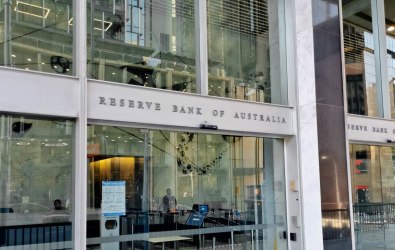There is no need to mitigate the effects of a high Australian dollar on the manufacturing industry through savings held in a foreign currency in a sovereign wealth fund, Treasury has said.
The strong Australian dollar, in fact, helped spread the prosperity from the resources boom, Treasury secretary Martin Parkinson said.
"One proposal that has been generating considerable attention, including at the recent Tax Forum, has been for Australia to set up a resource-related sovereign wealth fund," Parkinson said in an address to the American Chamber of Commerce in Australia.
[But] the appreciation in the exchange rate is important in spreading the gains from the boom across the economy. "The high exchange rate, while impacting our non-resource traded sectors, is boosting living standards through cheaper imported consumer goods and assists in placing downward pressure on inflation with obvious benefits for interest rates.
"The flexible exchange rate, therefore, is one way the benefits of the resource boom are spread across the economy."
The decline of Australia's manufacturing sectors, on the other hand, was part of a much wider structural trend, he said.
"The shift in economic activity towards mining and mining-related sectors, and the service sectors more generally, is part of a longer-term trend away from parts of traditional manufacturing which began in the middle of the 20th century," he said.
Last month, Investec Asset Management global strategist Michael Power made the case for a sovereign wealth fund that would hold its savings in a foreign currency, preferably the US dollar.
Power argued it would help protect not only manufacturing industries, but also the margins within the resources industry.
But Parkinson said even if industries agreed on the benefits of keeping the Australian dollar artificially low, the success of a sovereign wealth fund in achieving that objective was questionable.
"The Australian dollar is a considerable player in the global monetary system - we have the fifth most traded currency in the world," he said.
"One way of gauging the underlying demand for Australian dollars is the sum of our current account receipts and gross financial inflows; this amounted to around $445 billion in 2010/11.
"Investing surpluses of, say, 1 per cent of GDP (gross domestic product) in foreign assets would amount to around $14 billion per year in current dollars.
"Therefore, it is unlikely that purely investing in foreign assets alone would have any lasting significant impact on the exchange rate."





